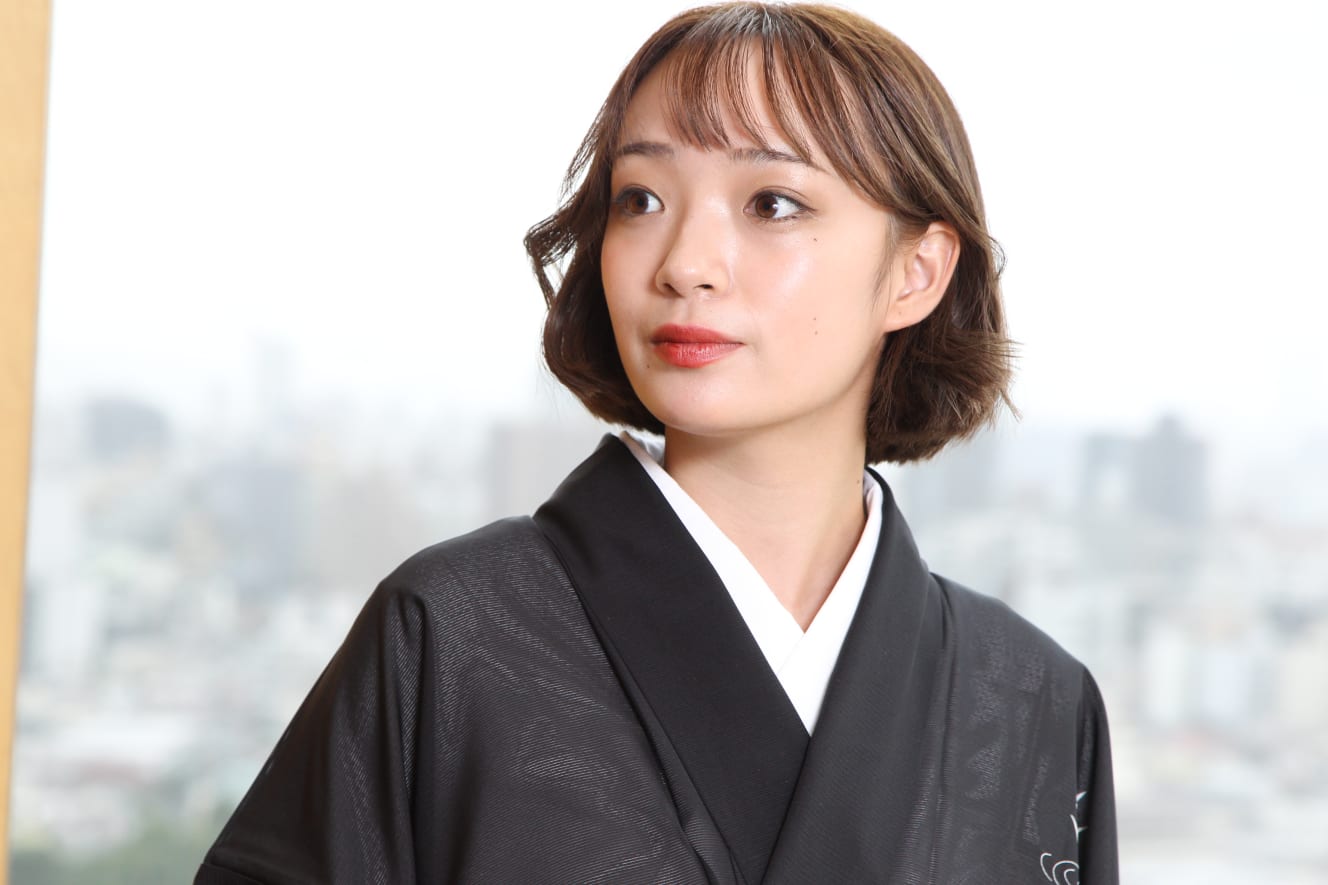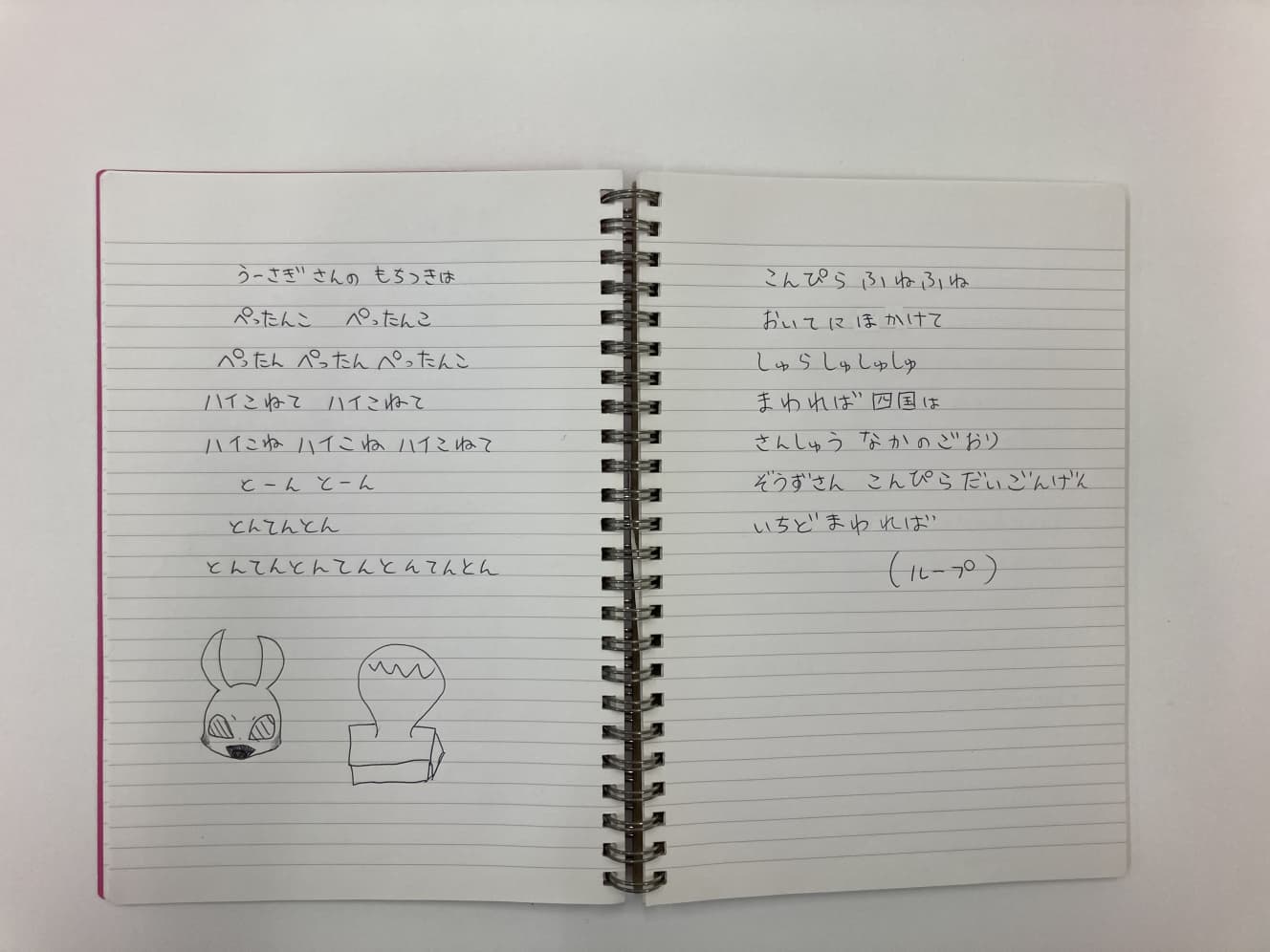Former Entertainer Speaks Out About Sexual Abuse in Traditional Maiko
<However, before graduating from junior high school, I jumped into the Kyoto Hanamachi district. Part 1: An Exclusive Confession of a Former Maiko Who Accused the Maiko of “Tradition,” “Sexual Harassment of the Highest Order at the Age of 16,” we will continue with Part 2. Following the first part, we present the second part, in which Ms. Kiyoha Kiritaka reveals the deep darkness of a maiko’s life.>

She was laughed at, saying, “The way she used her hips, she was not a virgin.”
Even so, she could not resist the customers. Moreover, even before the “barbaric” behavior of the customers, the standard “games” in the tatami room were hard for her, as she was only 16 years old.
“The “games” in the tatami room were mostly for the “enjoyment” of sexual acts. For example, there was one in which the loser of the rock-paper-scissors game would lie down in the ozashiki, and the winner would mount on top of him and move his hips up and down in a gesture. Whether you were on top or on the bottom, it was an embarrassing game. There was no refusal. There is a basic assumption that ‘maiko are children and they don’t understand anything.’ So they must not understand that it is a sexual movement. They are children, so they don’t have a big reaction, but for some reason, they are embarrassed. The audience enjoys this kind of behavior.”
The words sound as if he is surrounding a helpless little girl and teasing her. When Seiwa was on top and moved her hips up and down during this “game,” the guests who were watching said, “She is not a virgin with her hips,” and the geiko around her laughed.
On rare occasions, female guests would be present at such banquets. In such cases, the men would turn off such “erotic elements.” They drink sake quietly and play “very normal” ozashiki games. Even so, when there was a female college student among the customers, there was a scene in which the maiko would mount a horse with the female customer “underneath” her. The customer was very excited to see the two young women “playing” with each other.
You’re the one who seduced them, aren’t you?
When he talked to others about such sexual harassment, he was told, “You’ll just have to put up with it.” The Okiya’s owner even told her, “You’re the one who’s seducing them.”
“I thought that geijutsu was as mainstream as maiko because we were still minors. I thought that even if they went out to the ozashiki, they would only perform dancing at most. So it was hard for me not to go to dance practice because I was too busy with the tatami room. Even if I asked the ladies to practice for me, they didn’t have time either. It was a different world from what I had imagined.”
At the Okiya where she worked, she was not given new kimonos. They were all hand-me-downs from her seniors. In addition, she was often reminded that “maiko are no better than dogs and cats.”
“One time, a stray kitten came into the house. We would keep our food until that kitten finished eating. When she finally finished, they didn’t even disinfect the table and put our food on it. I felt as if they were telling us that we were no better than cats.”
However, during her working years, she heard a similar story from another maiko. One day, the maiko’s dog left some chicken meat for her to eat, and it became the maiko’s meal. The maiko was told that she was instructed to thank the dog with three fingers before eating it.
 Walking to practice for the “Kamogawa Odori” dance performance. She said she did not have many pictures of her walking around Pontocho like this.
Walking to practice for the “Kamogawa Odori” dance performance. She said she did not have many pictures of her walking around Pontocho like this.The meaning of “taking a bath”
When Kiyoha was invited to the tatami room as a maiko, her mother told her one day to take a bath with her customers. “Bathing” means to have a maiko share a bath with a man who might be a maiko’s husband. It seems that this is sometimes a good opportunity for them to become patrons. It may be that this is a story offered by a man who wants to become a patron of a particular maiko, but in any case, it is nothing but a pain for a girl who is not even old enough to be a maiko. Sometimes she would travel with a customer. Since they were held for a longer period of time than in a tatami room, they could earn a lot of “hana-ai” (flower money). However, she did not receive any of the money, and although it was not one-on-one, it was hard for her to spend long hours as a maiko.
These things are considered “chic fun” among men with money. And it is considered “traditional culture” in Japan.
During her eight months as a maiko, she escaped twice. After being yelled at and lectured by her mother for hours, she decided to run away, untied her tied-up hair so as not to be recognized, and ran outside in a yukata, with her hair covered in oil. “I ran to the Shijo-Kawaramachi area and stopped a cab. I borrowed a cell phone from the driver and called my parents, who, in hindsight, seemed to be very familiar with the cab driver. In that area of Kyoto, it was not unusual for children to escape like that,” Seiba said.
She was about to “sell her virginity” for 50 million yen.
The main reason she decided to stop being a maiko was because she was almost sold for 50 million yen.
“They wanted me to take a husband. If I had a husband, I could quit being a maiko, or I Could go to the ozashiki and just continue dancing. 50 million yen is a lot of money, but when I think of it as the price of one person, I wasn’t very happy with the price. I think the money would be split between the Okiya and the teahouse. In any case, it won’t come to me.”
Then she woke up. She had thought that she could only live here, but she thought that was not true, and that she could see the world from a different perspective if she went out into the wider world.
“I myself had somehow come to believe that Kyoto was the center of the world. When I see the words “Tokyo,” I read them as “Higashi Kyoto, Azuma Kyoto.” That’s what happens when you are there. Hanamachi is all that matters.”
She declared that she would stop being a maiko. The Okiya told her parents to pay her millions or tens of millions of dollars, but eventually they told her, “Don’t worry about the money, just leave.”
After escaping from the “traditions” of Kyoto, Ms. Seiba later worked in clubs in Osaka and Tokyo. However, until she turned 20, she was not forced to drink at the clubs, and she strongly felt that her mother and senior hostesses at the clubs protected her.
She said, “When I was 18, a customer offered to pour me a glass of champagne to celebrate. I drank 18 bottles of ginger ale, as many as I was old enough to drink (laughs). That made me happy.”
Two years ago, she got married and had a baby last year. When she decided to become a writer in earnest, she felt that she could not move forward unless she faced up to herself as a maiko. Then, on Twitter, she wrote
“I may be erased from the world, but this is the reality of being a maiko. At the age of 16 I was forced to drink alcohol, and I was forced to take mixed baths with customers. (I escaped as fast as I could.) I would like you to reconsider whether this is really traditional culture.”
Even now, I am afraid of what people in Kyoto say about me. I don’t know what I am afraid of, but I guess I still have a sense that Kyoto is everything to me. However, I do not want to eliminate the maiko profession. I want the current state of affairs to be changed to protect minors, eliminate illegal labor, and allow maiko to live with their hearts in the right place. So I think it makes sense that this story is being discussed.”
She says that her comments have led to some of her “juniors” in Kyoto who are now feeling the same way contacting her for help. She says that she would like to do her part to help alleviate not only the unreasonableness in the world of maiko, but also the various unreasonableness that women are experiencing in Japan.
In the future, she hopes to create a place for single mothers, LGBTQ, and other minorities while working as a writer.
She said, “I want to live strongly. And ideally, I would like to build a foundation where people from all walks of life can be energized, without being bound by preconceived values.”
She is only 23 years old. The future can be created from here.





Interview and text: Sanae Kameyama Photographed by: Yuri Adachi